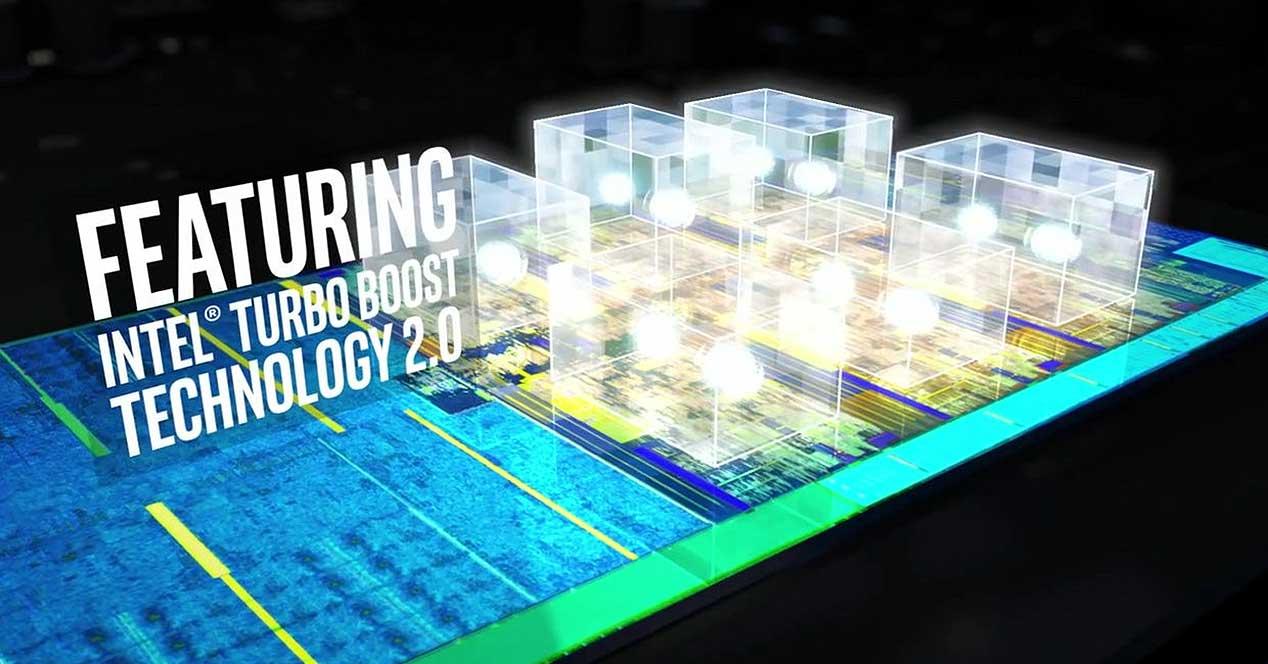

Intel has also decided to use a TIM-based solution between the die and IHS. Still enough for dual graphics but limited to an x16/x8 configuration. Compared to its predecessor, the 7820X has been pared down to 28 on-CPU PCIe 3.0 lanes, 12 less than the 6900K. The TDP of the 7820X is 140 W, so a decent cooling solution is required if you want to run the CPU to its full potential. So far, on the motherboards I have tested, the CPU basically runs at 4.3 GHz all the time. The turbo frequency is 4.3 GHz on all cores and 4.5 GHz on two cores thanks to Turbo Boost 3.0. This is a 400 MHz bump up over the i7-6900K. The i7 7820X comes with 8 cores and 16 threads with a base clock speed of 3.6 GHz. The intention of the additional L2 cache (1 MB versus 256 KB per core) is to reduce calls to the 元 cache which is much slower, which in essence should improve efficiency. There’s a good reason for that: Intel has reorganized their cache hierarchy in favor of additional L2 cache. You may notice that the 元 cache size has been reduced significantly compared to the 7820X’s Broadwell predecessor. The 7820X supports quad-channel DDR4 2666 MHz as the standard and up to 128 GB of RAM. Skylake-X processors are based on the 14 nm Tri-Gate 3D production, using a 64-bit instruction set. Specifications and Featuresīelow is a list of specifications for the 7820X taken from Intel’s website. This is already 300 MHz behind the 7820X’s all core turbo speed. Right off the top, I can tell you the 7820X has one big advantage: its base speed and overclocking headroom when compared to the AMD Ryzen CPUs which quickly run out of steam at the 4.0 GHz mark. Today we’ll be having a closer look at the 8 core/16 thread SkyLake-X Core i7 7820X and how it measures up to its bigger brother the i9 7900X as well as some comparisons to the AMD R7 1700X. This is the first time since LGA 1366 that Intel has included quad-core variants on their HEDT platform and many aren’t quite sure what to make of it.

What we do know is that it covers a broad line-up of CPUs from the quad core i5 all the way up to the 18 core/36 thread i9.

Whether it was or wasn’t, we’ll likely never know. It all seemed very rushed and many claimed it to be a response to the recent Ryzen/ThreadRipper line from AMD. Intel’s announcement of the X299 (Basin Falls) High-End Desktop (HEDT) platform initially had a few people shaking their heads, myself included.


 0 kommentar(er)
0 kommentar(er)
